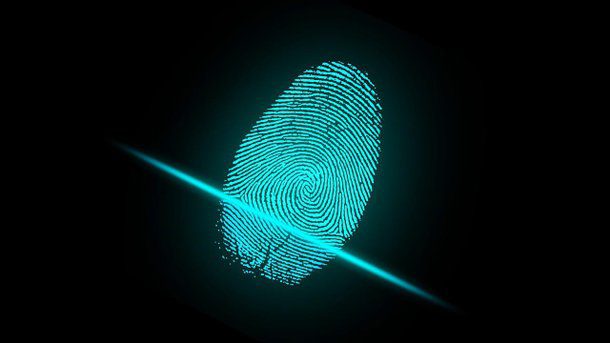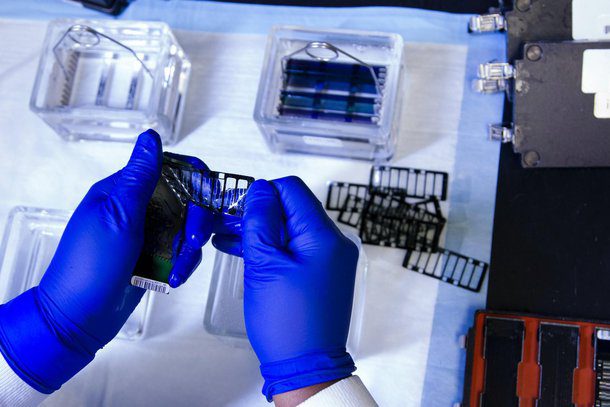Series and movies that deal with criminal investigations are excellent doses of entertainment and suspense. However, the cinematic presentation of the work of forensic investigators can seem quite fictional. In real life, detectives face other kinds of challenges, and not everything looks like such a ridiculous drama.
While it’s a lot of fun imagining the adrenaline these workers have to solve a case, shows of this kind bring up incorrect aspects of how the world really turns out. With that in mind, we’ve compiled a list of five things CSI has wrongly taught you about forensics. look at me!
Also Read: 6 Facts About Dinosaurs Jurassic Park Taught You Wrong
1. DNA tests

Contrary to what it sounds like on TV, DNA tests take longer than we think. In some cases, newer technologies such as RapidDNA can provide initial results in up to 90 minutes, but they are far from widespread and used in this sector.
The time it takes for a DNA test to come out has nothing to do with the tools used and more than the backlog that needs to be worked out. In a criminal case about 30 DNA samples have been collected, you must first get on a waiting list to be able to use the equipment and still have all the time you need to look at each sample closely. So even the fastest systems can take days to run.
2. Fingerprints

At a crime scene, fingerprints are always the first clue to look for. However, finding it is much more difficult than it seems. In general, there are several ways in which the sample can be damaged and it becomes impossible to obtain any conclusive data.
For example, oils found only on human skin can be enough so that the fingerprint does not etch directly onto the surface. In addition, it is often very difficult to collect a fingerprint sample from a weapon without smearing it in the process – something that would make any comparison with databases impossible.
3. Useless information

As mentioned in other topics, fingerprints and DNA samples are relevant, but will not always provide any information useful for investigation. For example, couples constantly exchange DNA during a relationship or in a simple hug, something that does not necessarily put the victim’s partner on the list of suspects.
On the other hand, partial fingerprints constantly appear at crime scenes and lead nowhere. The investigator may find some similarities in patterns with half a sample, but it will not be enough to point to the culprit.
4. The role of the forensic scientist

In this series, forensic analysts appear to be leading figures in the midst of criminal investigations and always extremely wealthy. But there is much less glamor about the profession, salaries are far from exorbitant and limited authority in criminal cases.
For example, in most places at least, forensic scientists cannot give a suspect a voice of arrest. As a profession that is not in constant danger, these workers are not the ones who get the best salaries in a police station. However, many end up looking for a second job.
5. Paperwork and bureaucracy

The career of a criminal investigator looks even more radical when portrayed on the big screen and on the small screen. In real life, there is a lot of paperwork involved behind fieldwork. Everything found at a crime scene needs careful documentation – something that takes a lot of time.
Photos must be evidenced on a CD or other chain of custody media. Thus, the investigator spends a large part of his work reporting events. For every hour you spend at a crime scene, many office hours go unreported.

“Wannabe internet buff. Future teen idol. Hardcore zombie guru. Gamer. Avid creator. Entrepreneur. Bacon ninja.”

